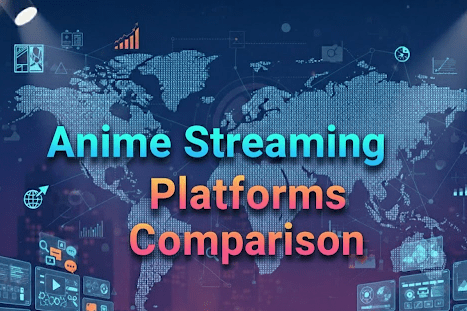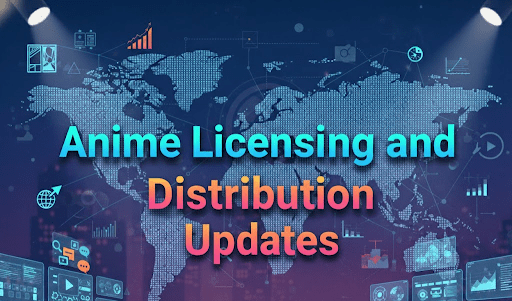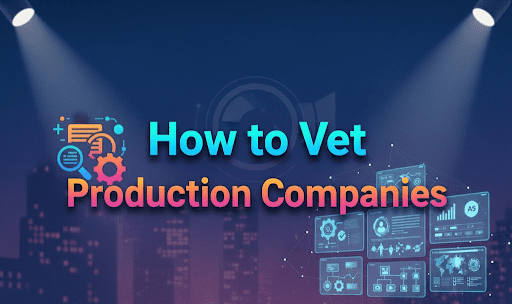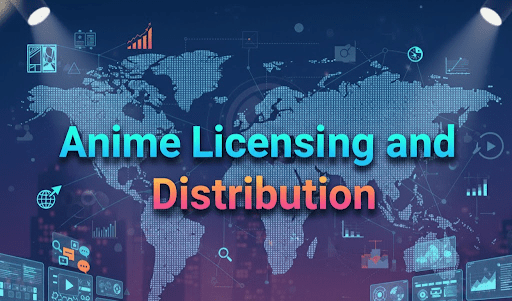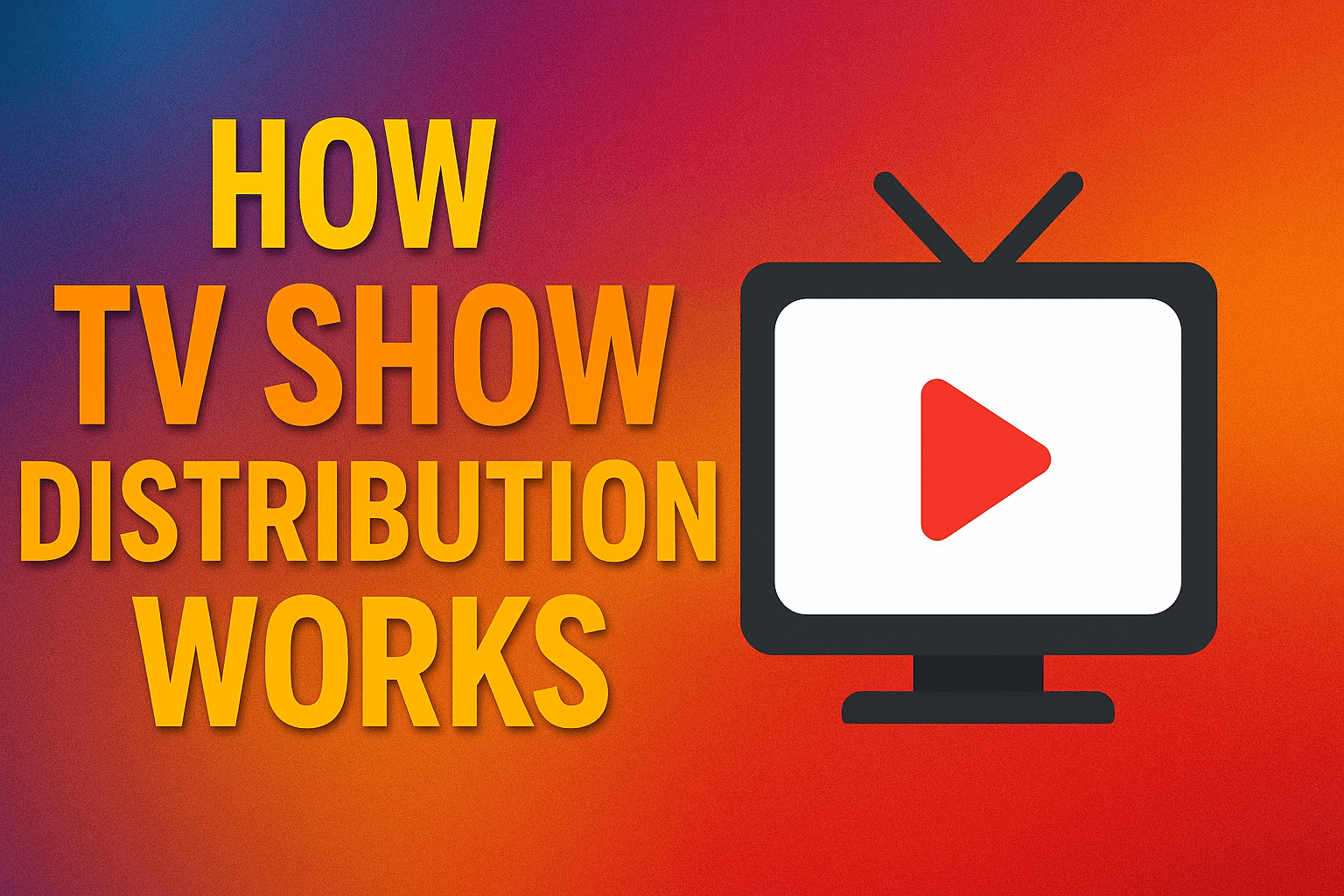Introduction:
The world of content acquisition is fraught with legal complexities that can trip up even the most experienced buyers. Understanding and navigating these legal pitfalls is crucial for protecting your investments and ensuring smooth content integration. This comprehensive guide explores the key legal considerations every content buyer should be aware of, providing insights to help you make informed decisions and avoid costly mistakes.
Understanding the nuances of content acquisition in the entertainment industry is essential for grasping the associated legal challenges.
Table of content
- Rights Clearance and Chain of Title
- Understanding Licensing Terms and Territories
- Exclusivity Clauses and Their Implications
- Copyright Infringement and Fair Use
- Music Rights and Clearances
- Talent Agreements and Residuals
- Navigating International Copyright Law
- How Vitrina Helps Mitigate Legal Risks in Content Acquisition
1. Rights Clearance and Chain of Title
Ensuring clear ownership and rights is fundamental:

- Verify the seller’s right to license or sell the content
- Examine the chain of title documentation
- Check for any encumbrances or liens on the content
- Be aware of underlying rights (e.g., book adaptations, life rights)
- Consider commissioning a professional rights audit for high-value acquisitions
Failure to properly clear rights can lead to costly legal battles and content removal.
2. Understanding Licensing Terms and Territories
Carefully review and negotiate licensing terms:
- Clearly define the scope of rights being acquired
- Specify allowed platforms and distribution methods
- Understand territorial restrictions and global rights
- Consider future technologies and distribution channels
- Negotiate holdbacks and windowing strategies
Our guide on strategies for content acquisition deals offers insights into negotiating favorable licensing terms.
3. Exclusivity Clauses and Their Implications
Navigate the complexities of exclusivity:
- Understand the scope and duration of exclusivity
- Consider the impact on your content strategy
- Negotiate carve-outs for specific uses or platforms
- Be aware of the costs associated with different levels of exclusivity
- Consider the implications for content windowing and release strategies
Exclusivity can be a powerful tool but must be balanced against cost and flexibility.
Streamline Your Content Library with Vitrina

4. Copyright Infringement and Fair Use
Protect yourself from copyright infringement claims:
- Understand the limitations of fair use
- Be cautious with user-generated content and social media integrations
- Consider obtaining errors and omissions insurance
- Implement a content review process to catch potential infringements
- Stay informed about evolving copyright laws and precedents
Stay updated on content acquisition trends, including developments in copyright law.
5. Music Rights and Clearances
Navigate the complex world of music rights:
- Distinguish between master recording and composition rights
- Understand synchronization and performance rights
- Be aware of the differences between source music and score
- Consider re-recording or replacing problematic music
- Budget for music licensing costs in your acquisition strategy
Music rights can be particularly tricky and expensive to clear, requiring special attention.
Empower Your Platform with the Best Content

6. Talent Agreements and Residuals
Be mindful of ongoing obligations to talent:
- Review talent agreements for residual payment clauses
- Understand union requirements for different types of content
- Consider the impact of talent agreements on future exploitation
- Be aware of rights of publicity and personality rights
- Negotiate clear terms for promotional use of talent
Ongoing talent obligations can significantly impact the long-term cost of content.
7. Navigating International Copyright Law
Understand the complexities of global content distribution:
- Be aware of differences in copyright duration across countries
- Understand moral rights and how they vary internationally
- Consider the impact of trade agreements on content rights
- Be prepared for content censorship and rating systems in different territories
- Implement geo-blocking when necessary to comply with territorial restrictions
Learn about global TV content acquisition strategies to navigate international legal landscapes.
8. How Vitrina Helps Mitigate Legal Risks in Content Acquisition
Vitrina offers tools and resources to help navigate legal complexities:
- Comprehensive Content Database: Access a vast library of licensable content suitable for various platforms.
- Rights Management Information: Get clear insights into available rights for different territories and platforms.
- Market Intelligence: Stay informed about content performance trends across different platforms.
- Networking Platform: Connect with content owners and distributors to explore multi-platform licensing opportunities.
- Global Licensing Opportunity Finder: Identify lucrative licensing opportunities in various international markets.
- Industry Insights: Access reports and analyses on successful multi-platform licensing strategies.
- Deal Room: A secure environment for negotiating and finalizing licensing agreements.
To fully leverage these tools in navigating legal complexities, consider mastering content acquisition with our ultimate guide.
Key Takeaways:
- Always ensure clear rights and chain of title for acquired content.
- Carefully review and negotiate licensing terms and territories.
- Understand the implications of exclusivity clauses.
- Be vigilant about copyright infringement and fair use limitations.
- Pay special attention to music rights and clearances.
- Consider ongoing obligations in talent agreements and residuals.
- Navigate the complexities of international copyright law.
- Utilize tools like Vitrina to manage legal risks in content acquisition.
Frequently Asked Questions
Conduct thorough due diligence, including rights audits, and consider including indemnification clauses in your agreements. Always work with experienced entertainment lawyers.
Address the issue promptly. Depending on the nature of the problem, solutions might include renegotiating rights, removing problematic elements, or seeking legal remedies based on your acquisition agreement.
Carefully map out all rights holders and negotiate with each as necessary. Consider using a rights aggregator or clearance specialist to simplify the process.
Be aware of differences in copyright laws, moral rights, and content regulations in different territories. Ensure you have all necessary rights for your intended use and markets.












































